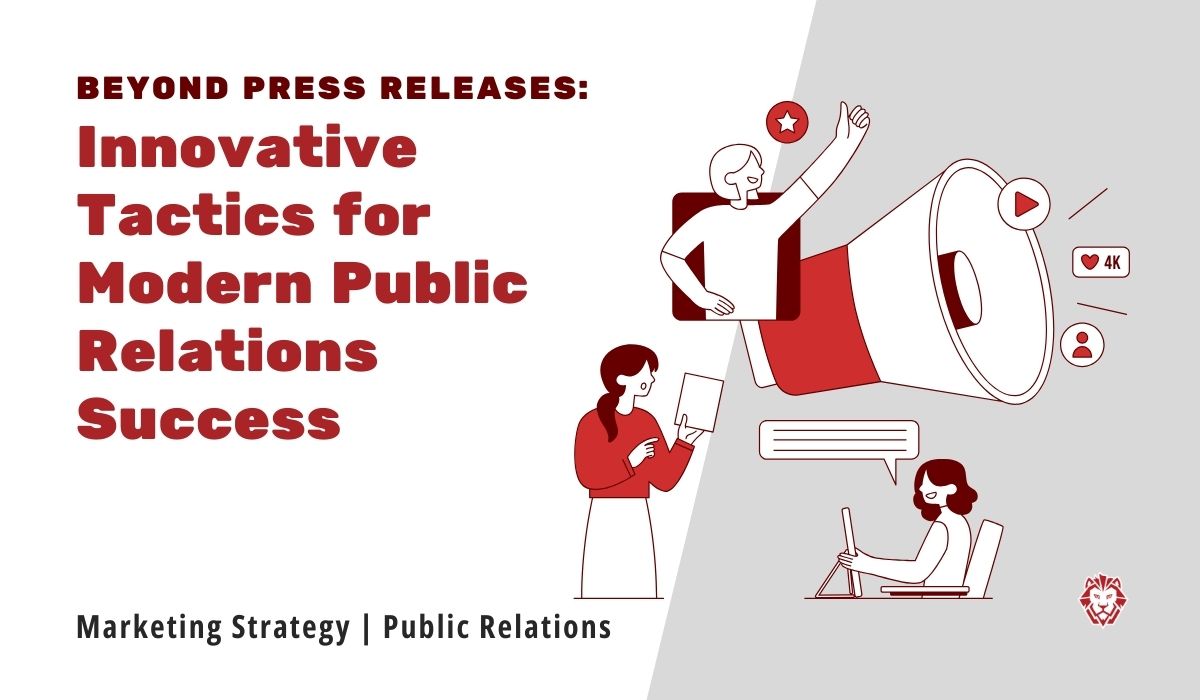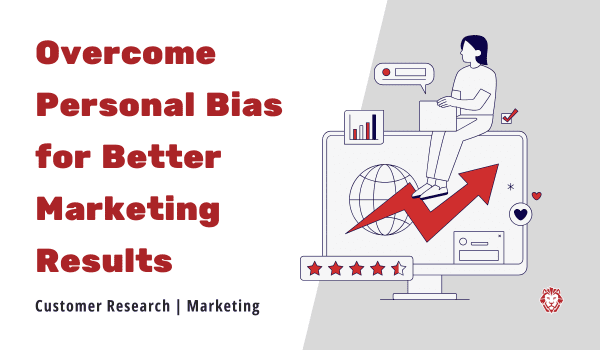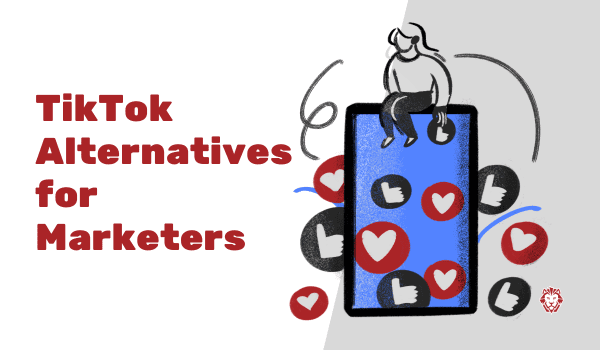
Beyond Press Releases: Innovative Tactics for Modern Public Relations Success
Public relations (PR) is undergoing a significant transformation. Gone are the days when press releases were the primary tool for PR professionals. Instead, innovative tactics have emerged to adapt to the changing needs of modern PR. In this article, we will explore the various strategies that are redefining the PR landscape and paving the way for success in the digital age.
Understanding the Evolution of Public Relations
Public relations has traditionally relied heavily on press releases to communicate with the media and the public. These structured documents, filled with official statements and carefully crafted messages, served as the foundation of PR campaigns. However, the rise of the internet and social media has revolutionized the way information is disseminated, compelling PR professionals to explore new avenues for reaching their target audiences.
In addition to press releases, another crucial aspect of traditional public relations involves building relationships with journalists and media outlets. PR professionals would often spend time cultivating these connections to secure coverage for their clients or organizations. This personal touch was essential in ensuring that the right message reached the right audience through trusted channels.
The Traditional Role of Press Releases
Press releases have long been the go-to method for announcing news and generating media coverage. They provided a way for companies to control the narrative and present information in a structured and professional manner. However, in today’s interconnected world, simply issuing press releases may no longer suffice as a standalone PR strategy.
While press releases are still valuable for disseminating important announcements, modern PR strategies now encompass a more dynamic and multi-faceted approach. This includes engaging with influencers, creating compelling visual content, and monitoring online conversations to gauge public sentiment in real-time.
The Shift to Digital PR Strategies
The advent of digital media has brought about a paradigm shift in PR practices. Modern PR professionals are increasingly leveraging digital platforms to amplify their reach and engage with audiences directly. This shift requires a strategic approach that takes into account the emerging trends in social media and content marketing.
Furthermore, the rise of data analytics has enabled PR professionals to measure the impact of their campaigns with greater precision. By tracking key performance indicators such as website traffic, social media engagement, and online mentions, PR teams can refine their strategies in real-time to maximize their effectiveness.
The Importance of Social Media in Modern PR
Social media has become an integral part of people’s lives, making it a powerful tool for PR practitioners. Platforms such as Facebook, Twitter, and Instagram offer unparalleled opportunities for brands to connect with their audience on a personal level and build strong digital communities.
The role of social media in public relations cannot be overstated. The ability to reach a global audience in real-time has revolutionized the way brands communicate and engage with their customers. Social media platforms have democratized the PR industry, allowing even small businesses to compete with larger corporations on a level playing field.
Leveraging Social Platforms for Brand Visibility
By creating compelling content and engaging with their followers, brands can increase their online visibility and establish themselves as thought leaders in their industry. Social media platforms allow PR professionals to share news, updates, and valuable insights, fostering a sense of trust and authenticity with their audience.
Moreover, the viral nature of social media means that a well-crafted PR campaign can quickly gain traction and reach millions of users within hours. The ability to tap into trending topics and leverage user-generated content further amplifies a brand’s visibility and reach.
Engaging with Audiences through Social Media
In addition to broadcasting messages, social media provides a platform for two-way communication. PR professionals can actively listen to their audience, respond to feedback, and address any concerns or controversies swiftly. This direct engagement helps foster stronger relationships between brands and their customers, ultimately contributing to long-term success.
Social media analytics tools provide invaluable insights into audience demographics, preferences, and behaviors. By leveraging data-driven strategies, PR professionals can tailor their messaging to resonate with specific target audiences, maximizing the impact of their campaigns and driving meaningful engagement.
Content Marketing as a PR Tool
Content marketing has gained significant prominence in recent years, emerging as a valuable PR tool to capture audiences’ attention in an oversaturated digital landscape. In today’s fast-paced world, where information overload is a common challenge, PR professionals are turning to content marketing as a strategic approach to cut through the noise and connect with their target audiences on a deeper level.
By incorporating storytelling, data-driven insights, and interactive elements into their content, PR teams can create a compelling narrative that resonates with their audience. This approach goes beyond traditional PR tactics, allowing brands to establish credibility, build trust, and foster meaningful relationships with their stakeholders.
Creating Compelling Content for PR
PR professionals are now tasked with creating engaging and relevant content that appeals to their target audiences. By focusing on storytelling, providing valuable insights, and producing high-quality visual and written content, PR teams can effectively capture the attention of their audiences and leave a lasting impression. The key is to understand the interests and preferences of the target audience, tailoring the content to meet their needs while aligning with the brand’s messaging and objectives.
Moreover, incorporating multimedia elements such as videos, infographics, and interactive tools can enhance the overall content experience and increase engagement levels. This multi-faceted approach not only attracts attention but also encourages audience interaction and sharing, extending the reach of the content across various digital platforms.
Distributing Content for Maximum Reach
Once the content is created, the challenge lies in distributing it effectively. Modern PR strategies include leveraging social media, influencer collaborations, and strategic partnerships to amplify content and reach a wider audience. PR professionals must utilize a mix of organic reach and paid strategies to maximize the visibility and impact of their content. By analyzing data, monitoring trends, and adapting to changes in the digital landscape, PR teams can optimize their content distribution efforts and ensure that the right message reaches the right audience at the right time.
Furthermore, establishing a consistent brand voice and messaging across all communication channels is essential for building brand recognition and maintaining a cohesive brand identity. By integrating content marketing into their PR strategies, organizations can strengthen their online presence, enhance brand reputation, and drive meaningful conversations with their audience.
Influencer Partnerships and PR
Influencer marketing has emerged as a powerful tool for PR professionals to connect with their target audiences through trusted and influential individuals.
Utilizing influencer partnerships can significantly enhance a brand’s visibility and credibility in the eyes of consumers. By leveraging the reach and authenticity of influencers, PR professionals can create engaging content that not only promotes their brand but also builds meaningful connections with their audience.
Identifying Suitable Influencers for Your Brand
Choosing the right influencers is crucial. PR professionals must identify individuals who align with their brand values and have a genuine connection with their target market. By partnering with influencers who resonate with their audience, brands can effectively amplify their messages and reach new demographics.
It’s essential to consider the engagement rates and demographics of potential influencers to ensure that their followers align with the brand’s target audience. Collaborating with influencers who have a strong and active community can lead to higher levels of audience engagement and brand awareness.
Building Mutually Beneficial Relationships with Influencers
Successful influencer partnerships go beyond merely sponsoring content. PR professionals must work collaboratively with influencers to co-create content that aligns with the brand’s objectives and resonates with the influencer’s audience. By building long-term relationships based on trust and mutual benefit, brands can harness the power of influencer marketing to drive PR success.
Establishing clear communication channels and setting expectations from the outset can help foster a productive and harmonious partnership between brands and influencers. By nurturing these relationships and treating influencers as valued partners, PR professionals can unlock new opportunities for brand promotion and audience engagement.
Crisis Management in the Digital Age
With the speed and reach of information in the digital age, PR professionals must be prepared to handle crises swiftly and transparently.
In today’s hyper-connected world, where news can spread like wildfire across various online platforms within seconds, the importance of effective crisis management cannot be overstated. PR professionals play a crucial role in safeguarding a brand’s reputation and maintaining public trust during times of adversity.
Anticipating and Preparing for PR Crises
PR teams must be proactive in identifying potential crises and developing crisis management plans in advance. By anticipating possible scenarios and having clear protocols in place, brands can minimize the impact of crises and respond swiftly to maintain their reputation and credibility.
Moreover, conducting regular risk assessments and scenario planning exercises can help organizations stay ahead of emerging threats and adapt their crisis response strategies accordingly. By staying vigilant and agile, PR teams can effectively mitigate the impact of unforeseen events and protect the brand’s image.
Navigating PR Crises with Transparency and Authenticity
In the age of viral social media, transparency and authenticity are critical in crisis management. PR professionals must communicate openly and honestly with their audience, acknowledging mistakes and providing timely updates. By demonstrating a sincere commitment to resolving issues, brands can turn a crisis into an opportunity to rebuild trust and strengthen their reputation.
Leveraging social listening tools and monitoring online conversations can help PR teams gauge public sentiment, identify misinformation, and address concerns proactively. By engaging with stakeholders in a transparent and empathetic manner, brands can demonstrate accountability and foster long-term relationships based on trust and credibility.
Measuring the Success of Modern PR Tactics
Effective PR strategies require continuous evaluation and measurement to gauge their impact and refine future approaches.
As the digital landscape continues to evolve, the need for PR professionals to adapt and innovate has never been more crucial. Beyond the traditional methods of measuring success, such as media coverage and brand sentiment, modern PR tactics delve deeper into the realm of social media analytics, SEO performance, and influencer engagement. By incorporating these additional metrics into their evaluation process, PR teams can gain a more comprehensive understanding of their impact and make informed decisions for future campaigns.
Key Metrics for PR Evaluation
PR professionals must define key performance indicators (KPIs) specific to their objectives, such as media coverage, social media engagement, website traffic, and brand sentiment. These metrics provide valuable insights into the effectiveness of their PR efforts and guide future strategy.
The advent of data analytics tools has revolutionized the way PR professionals track and measure their success. By harnessing the power of data, PR teams can uncover hidden trends, track audience behavior, and measure the ROI of their campaigns with precision.
Adjusting PR Strategies Based on Performance Data
By analyzing performance data, PR professionals can identify areas of improvement and adjust their strategies accordingly. This data-driven approach allows brands to optimize their PR tactics, ensuring they stay ahead in the rapidly evolving digital landscape.
The integration of AI and machine learning algorithms in PR evaluation has opened up new possibilities for real-time monitoring and predictive analysis. By leveraging these advanced technologies, PR professionals can anticipate trends, mitigate risks, and proactively shape their strategies for maximum impact.
Modern PR success goes beyond traditional press releases. To thrive in the digital age, PR professionals must embrace innovative tactics that leverage social media, content marketing, influencer partnerships, crisis management, and data-driven evaluation. By staying adaptable and forward-thinking, PR teams can navigate the ever-changing landscape and achieve remarkable results.
Need help with your Public Relations success? Connect with our team today!



